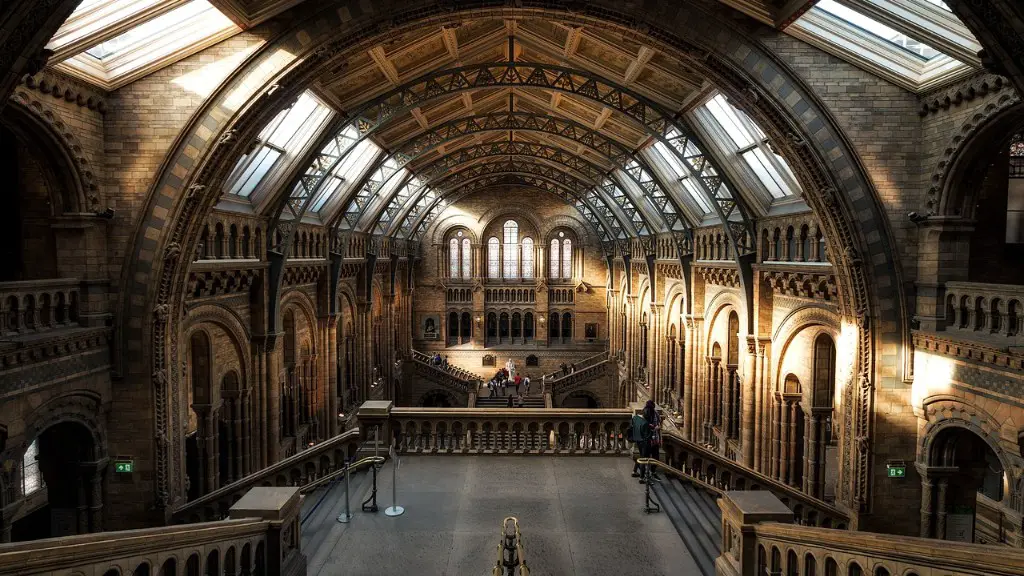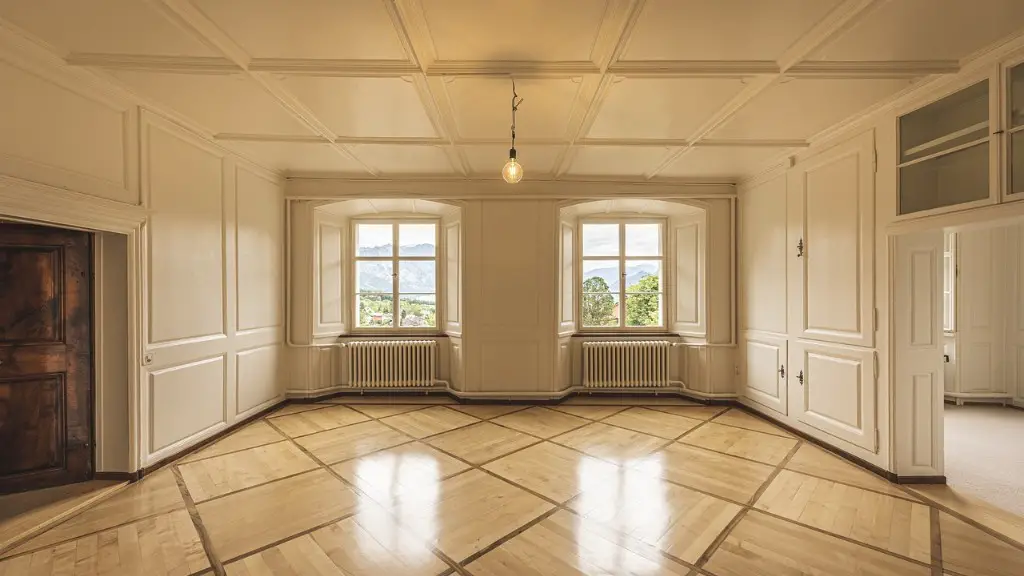Gothic Architecture originated in the 12th Century and was one of the most revolutionary architectural designs of all time. It began as an attempt to replace the Romanesque architecture with a more refined look and is often known as the ‘Gothic Revolution’. Gothic Architecture is widely seen as one of the most beautiful forms of architecture and it has had an immense impact on the way that buildings are laid out and constructed today.
Gothic Architecture was created by a variety of craftsmen and designers rather than by any single architect. The features of the style are the result of a combination of the technical know-how of the time and the artistic vision of those who designed it. Gothic Architecture took place all throughout Europe, with the early stages of the design primarily taking place in England, France, and Italy. There are, though, significant differences between each region’s interpretation of the style.
One of the most notable characteristics of Gothic Architecture is its focus on verticality. This verticality is achieved through the use of pointed arches, ribbed vaults, slender columns and walls with many windows. Many buildings from this period were designed around the concept of a single large central space, such as a church or cathedral. This had the effect of making the buildings appear much larger than they actually were and even taller than they actually were.
Gothic Architecture was also heavily decorated with intricate sculptures and other adornments. The decorations were used to reflect the power and authority of the church while also being aesthetically pleasing to the eye. The decorative elements were often used to represent religious symbolism and also to depict scenes from the Bible. The sculptures were often more intricate than anything seen before and provided a unique style to the buildings of the period.
The final aspect of Gothic Architecture that made it so popular was its use of light. Gothic buildings usually feature large stained-glass windows, which allowed sunlight to stream in. This created a dramatic atmosphere and the interior of these buildings was often designed to take advantage of the newly available source of light. Stained glass windows are still used in modern architecture and are often seen as essential features in churches and other religious buildings.
Construction Techniques
Gothic Architecture also saw significant developments in construction techniques. These included the use of flying buttresses to support walls, the use of pointed arches to construct more efficient and stable vaults, and the use of ribbed vaults to further strengthen the structure. These innovations allowed the buildings to be larger and taller than previous designs while still remaining structurally sound.
This innovation was also extended beyond just the construction techniques and into the use of materials. Whereas Romanesque architecture was largely built in stone, Gothic architects began experimenting with other materials, such as brick. This allowed them to construct more intricate designs in a much shorter period of time and also introduce a new level of variety to the construction process.
The use of pointed arches and ribbed vaults could also be used to increase the amount of natural light inside the buildings. The roofs of Gothic buildings were often higher than their Romanesque counterparts, allowing more light to enter from the outside. This was especially important in churches and cathedrals, which often needed to be brightly lit in order to create a more spiritual atmosphere.
Gothic Artistry
The final element of Gothic Architecture is its artistic approach. The craftsmen and designers of this style invoked a sense of awe and inspiration, often incorporating intricate details in their work. This was made possible by the advances in construction techniques, which allowed architects and stonemasons to create more complex designs. Large windows were often used to bring light and colour in, while sculptures were used to add a sense of drama and emotion to the design.
Many of the cathedrals and churches of Gothic architecture were, and still are, works of art. They feature intricate designs and sculptures which take the form of biblical scenes and religious symbolism. The sculptures often represent the power and authority of the Church, while also creating a visually striking aesthetic. A classic example of this is the famous rose window of Notre Dame, which has become a symbol of Gothic architecture around the world.
Lasting Impact
Gothic Architecture played an important role in the development of architecture and design. It was responsible for a new level of precision in construction techniques, as well as introducing new materials and approaches to building design. It has also had a lasting influence on the way we design and build today, with many of the features of the style being incorporated into modern designs.
The aesthetic of Gothic architecture has also been the inspiration for many artists and designers. Its intricate designs, dramatic sculptures, and soaring heights are a source of inspiration and a reminder of the sheer power and beauty of human creativity. Gothic architecture has truly left its mark on history, and its influence and legacy will likely be felt for centuries to come.
Controversy
Gothic Architecture was met with much controversy at the time of its creation. People were skeptical of the new design, finding the architectural features too daring or extravagant. Many also found the sculptures and stained glass windows too ostentatious and were worried that they were straying too far from traditional religious artwork.
This controversy did not stop the spread of the style, however, and soon it had become the dominant form of architecture in much of Europe. This acceptance was a testament to the skill and creativity of those who created it and the lasting legacy of the style speaks volumes about Gothic Architecture’s success.
Architects
The architects and designers behind this revolutionary new style of architecture are largely unknown. While there are some whose names have gone down in history, such as William of Sens and Richard of St. Omer, much of the work that went into Gothic Architecture was anonymous. This is unsurprising, as the design of the style was much more collaborative, and it was the work of many people that culminated in the finished product.
This anonymity is part of what makes Gothic Architecture so remarkable. It is a reflection of different minds coming together to create something beautiful, with each individual contributing to the overall success of the style. Despite the anonymity of those who created this revolutionary style, it is clear that their timeless designs will be appreciated for centuries to come.
Influence on Modern Architecture
Modern architecture has been heavily influenced by the principles of Gothic design. The focus on verticality, ornate decorations, and use of light can be seen in many pieces of modern architecture, such as the stunning cathedrals of France. Gothic design also had an influence in the development of other styles of architecture, such as the Neo-Gothic style of the 19th century.
Modern architects have also adopted some of the construction techniques of the Gothic period. The use of ribbed vaults and pointed arches can be seen in many modern buildings, although usually in a modified form suitable for the demands of the 21st century. The use of arches and ribbed vaults has allowed modern architects to create larger structures with more efficient load bearing structures.
Gothic Architecture is an excellent example of how creativity and innovation can be combined together to create something beautiful and timeless. Its influence can be seen throughout the history of architecture and it continues to have an influence in the designs of modern architects. Gothic Architecture is something that will remain relevant for centuries to come and its legacy is something to be admired and appreciated.




